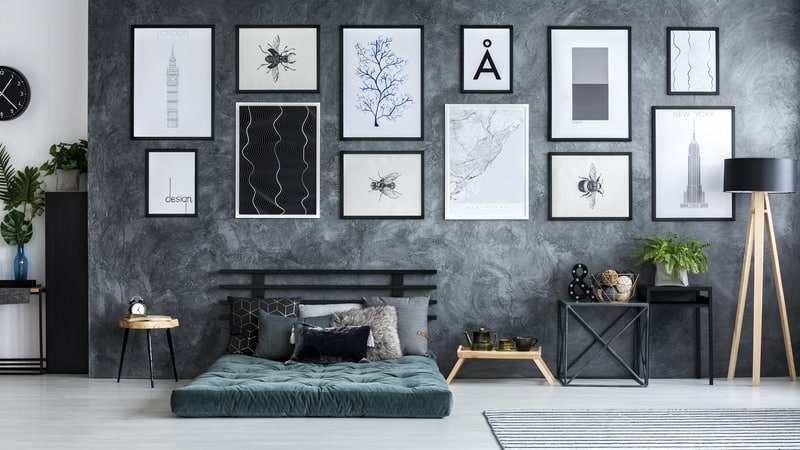The Golden Age of Posters
How Art Nouveau influenced print design

In the late 19th and early 20th centuries, the revolutionary art movement known as Art Nouveau swept across the design landscape. This transformative style left an indelible mark on the world of posters, becoming the defining aesthetic of its time.
The graceful, organic forms and intricate designs of Art Nouveau captivated the public, laying the groundwork for the future of print design. This era was particularly influential in the evolution of poster prints from photos, where the movement’s emphasis on intricate, nature-inspired motifs translated seamlessly into the medium, forever shaping how we display and appreciate visual art in the form of stunning photo poster prints.
Origins of Art Nouveau
Art Nouveau emerged as a response to the academic art that many artists and designers found rigid and uninteresting. A group of visionary artists set out to create an aesthetic, drawing inspiration from nature, woodblock prints, and the Arts and Crafts movement. This poster printing technique embraced flowing lines, shapes, and motifs inspired by nature.
The Rise of Poster Art
Around this time, poster art experienced a renaissance due to advancements in printing technology. Posters became a medium for advertising, communication, and cultural expression. Graphic designers seized this opportunity to showcase their talent while giving art a higher status.
Jules Chéret, often hailed as the “pioneer of poster art,” was among the artists to embrace the potential of this medium fully. His vibrant use of colours, dynamic compositions and inventive typography transformed how posters were crafted. Chéret’s creations became synonymous with the ambience of nightlife, laying the foundation for a golden era in poster design.
Characteristics of Art Nouveau
Flowing Lines
Art Nouveau posters have characteristics that distinguish them from the artistic styles of that time. One notable feature is their flowing lines, which intertwine to create a sense of movement and liveliness. These curvilinear elements often imitate shapes like flowers, vines and even the female figure.
Nature-Inspired Designs
Another defining trait of Art Nouveau design is its incorporation of forms and nature-inspired motifs. Artists drew inspiration from elements such as flowers, leaves and insects when composing their artworks. These motifs added beauty and echoed the movement’s focus on celebrating nature’s connection to human emotions.
Typography
Typography played a role in Art Nouveau posters as artists experimented with letterforms and layouts. While serif and sans serif fonts were still widely used, designers aimed to create lettering that blended harmoniously with the overall design. They often incorporated flowing lines into the typography, which further enhanced the beauty of the Art Nouveau style.
The influence of Art Nouveau on print design was extensive and enduring!
Its impact can still be observed in contemporary poster design and other art forms. The utilisation of curvilinear lines, natural motifs and innovative typography pioneered by Art Nouveau artists paved the way for movements and design styles.
The legacy of Art Nouveau is evident in the works of designers like Alphonse Mucha, Henri de Toulouse Lautrec and Aubrey Beardsley, among others. Their posters and illustrations captivated audiences through their beauty while effectively conveying messages.
Art Nouveau posters also affected the advertising industry. The bold and attention-grabbing designs became indispensable in a market where striking elements were crucial for attracting customers. Advertisers wholeheartedly embraced the Art Nouveau style to promote products ranging from perfumes and chocolates to bicycles and theatrical performances.
The Enduring Allure of Art Nouveau
After a century has passed, Art Nouveau continues to captivate art lovers and design enthusiasts from around the globe. The eternal sophistication and natural beauty of this art form have ensured its lasting place in art history. Whether seen in posters, architecture, furniture or other design fields, the impact of Art Nouveau can still be felt in times.
Conclusion
The era of posters truly reflected its time, with Art Nouveau leading the way. The movement’s focus on shapes, graceful lines, and innovative typography transformed the realm of design, leaving a lasting impression that still resonates today. When you come across a crafted poster, take a moment to appreciate the artistic heritage of Art Nouveau and its enduring influence on print design.


